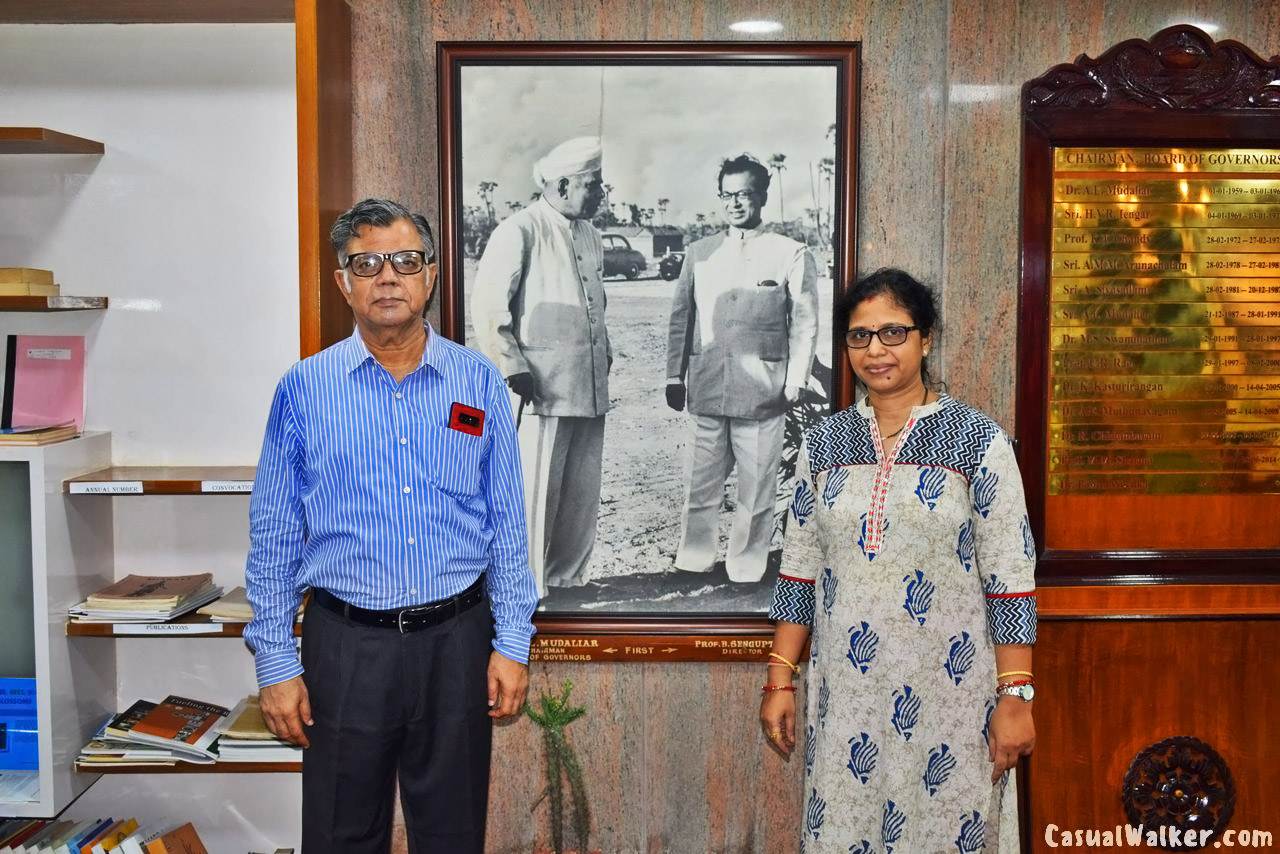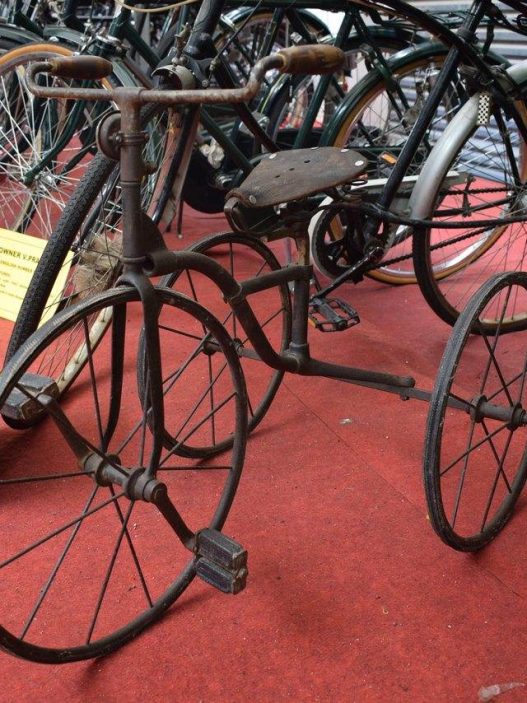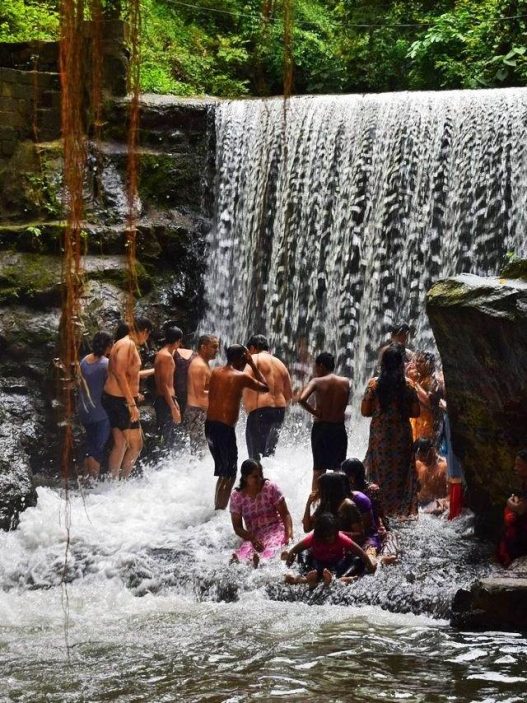Heritage Centre | Indian Institute of Technology (IIT) Madras Campus, Chennai – Learn the History of IIT Madras – Visit, Travel Guide
– visiting foremost & no.1 engineering institute in india photo coverage
| CasualWalker’s Rating for Heritage Centre in Indian Institute of Technology (IIT) Madras, Chennai Campus: | |

9.6 – Great / Excellent
|
Recently visited the Heritage Centre in IIT Madras Chennai Campus, located on the ground floor of the IITM administration building. During our visit, Prof. Ajit Kumar Kolar an alumnus and retired faculty member of IIT Madras, enthusiastically briefed the history of IIT Madras. Special thanks to Ms. Mamata Dash at the Heritage Centre who well organized the remarkable walk.
Heritage Centre in IIT Madras Chennai Campus was inaugurated by Dr. Arcot Ramachandran, former Director of IIT Madras on 3rd March 2006. The Heritage Centre became a reality due to the efforts of Dr. Ajit Kumar Kolar and his team. The Heritage Centre exhibits the materials of IITM historical significance and heritage value including photographs, documents, publications, paintings, portraits, products developed and other articles. Information regarding important events, laboratory development, visits of important dignitaries, Indo-German cooperative activities, and academic achievements of faculties and students are also found in the Heritage Centre.
Short history of IIT Madras:
IIT Madras, Chennai campus was founded in 1959. In 1956, the German Government offered technical assistance for establishing an institute of higher education in engineering in India. The first Indo-German agreement was signed in Bonn, West Germany in 1959 for the establishment of the Indian Institute of Technology at Madras. IIT Madras was the largest educational project sponsored by the West German Government outside their country at that time. Several German Government-supported research programs like DAAD program and Humboldt Fellowships, still exist in IIT Madras. IIT Madras has been recognized as an Institute of National Importance by the Government of India.
Travel Tips for Heritage Centre in Indian Institute of Technology (IIT) Madras, Chennai:
Please Note: Visiting Heritage Centre is open to all, but to enter the IITM, Chennai campus you have to get prior permission by contacting them at their Office:
Address: Heritage Center, Ground Floor, Administration Building,IIT Madras,Chennai 600036.
Phone: 044 2257 9480
Website: https://heritage.iitm.ac.in/
E-mail: heritage@iitm.ac.in
Timings: Monday to Friday 9.30 AM to 5.30 PM.
Transport for Heritage Centre in Indian Institute of Technology (IIT) Madras, Chennai:
More tips to reach IITM : https://www.iitm.ac.in/reaching
On Road: Taxis, buses and hired cars are easy ways to get around.
Nearest Railway Station: Chennai Central (Station Code MAS) and Chennai Egmore Railway station ( Station Code MS).
Nearest Airport: Chennai International Airport (Code MAA).
Check out and enjoy my photo captures of Heritage Centre | Indian Institute of Technology (IIT) Madras Campus, Chennai.



Prof. B. Sengupto, the first Director of IIT Madras

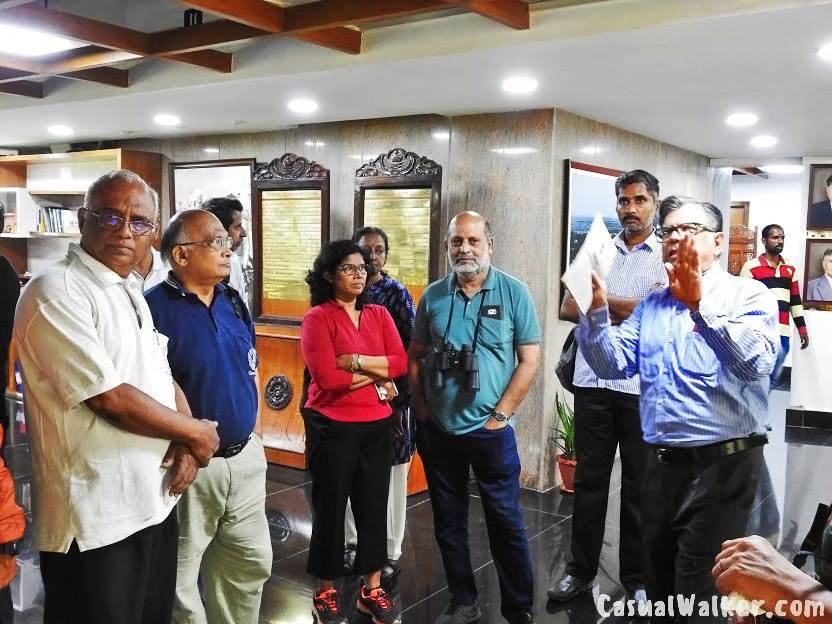

Dr. A.V. Hill, Nobel Laureate. In the early 1940s, Dr. Hill carried out a survey of the technical education system in India and made recommendations with the anticipated post-World War II industrialization in mind.

Title page of a report of the Nalini Ranjan Sarkar Committee. This committee recommended that four higher technical institutes be set up in India : one each in the east, north, west and south.

The jail at Hijli, where the ?rst IIT (IIT Kharagpur) began its journey

The Board of Governors of IIT Madras was constituted, and its ?rst meeting was held in January 1959. The Chairman was Dr. A.L. Mudaliar, Vice Chancellor of Madras University. Recruitment of staff and faculty members began in April 1959. Selection of the ?rst batch of students of IIT Madras began in July that year.


IIT Madras was inaugurated at a ceremony on 31 July 1959. The speakers included Mr. Bishnuram Medhi, Governor of Madras; Dr. A.L. Mudaliar, Mr. C. Subramaniam, State Finance and Education Minister, Mr. Humayun Kabir, Union Minister for Scienti?c Research and Cultural Affairs (bottom row, left), and Herr von Heydon, West German Charde de Affairs in New Delhi.

Creators of Heritage Centre
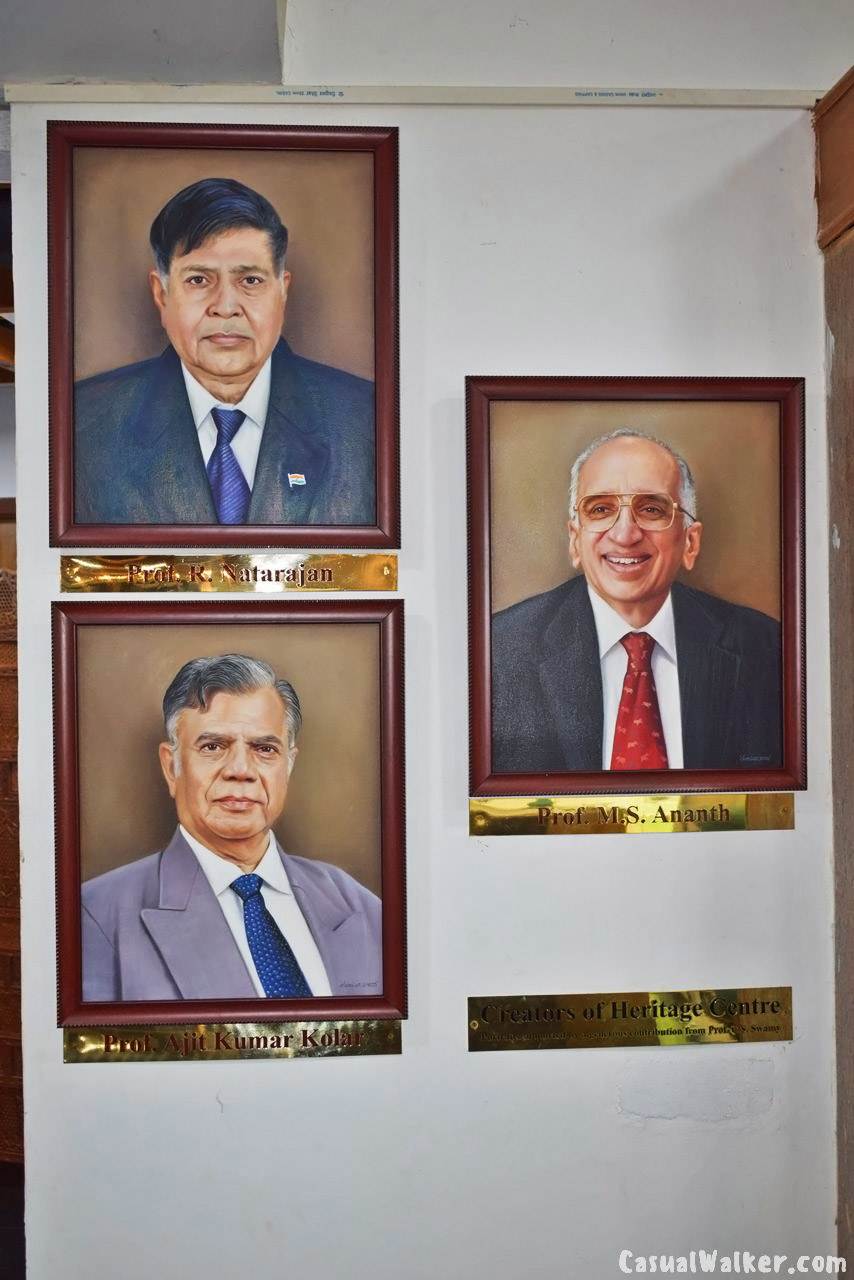
In July 1956, Prime Minister Nehru went on an of?cial visit to the Federal Republic Germany. Here he had discussions with President Theodor Heuss and Chancellor Konrad Adenauer. At the end of their meeting, the leaders announced that their countries would together Set up a technical teaching institution in India.

It was decided that the ‘higher technical institution” supported by West Germany would come up in Madras, now known as Chennai. The Madras Government provided around 600 acres of land to the south of Madras city for the institution. Part of the land was forested. The map on this panel shows the area where the IIT at Madras would come up. The photos show an aerial View of the land, taken in 1958, and a more recent View of one of the few constructions that existed on this land.


A planning committee was formed to set up IIT Madras. The communications associated with the meeting held in 1958 by the committee.


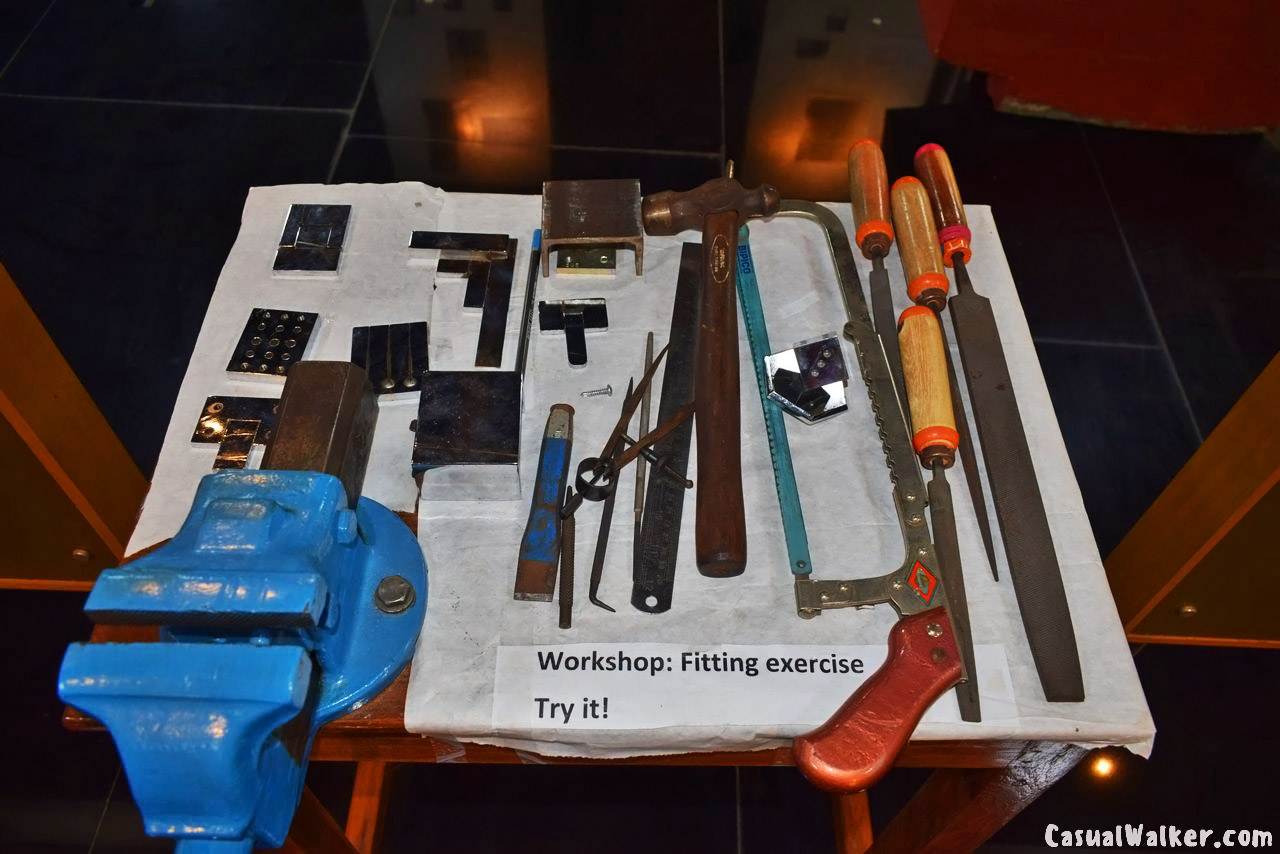
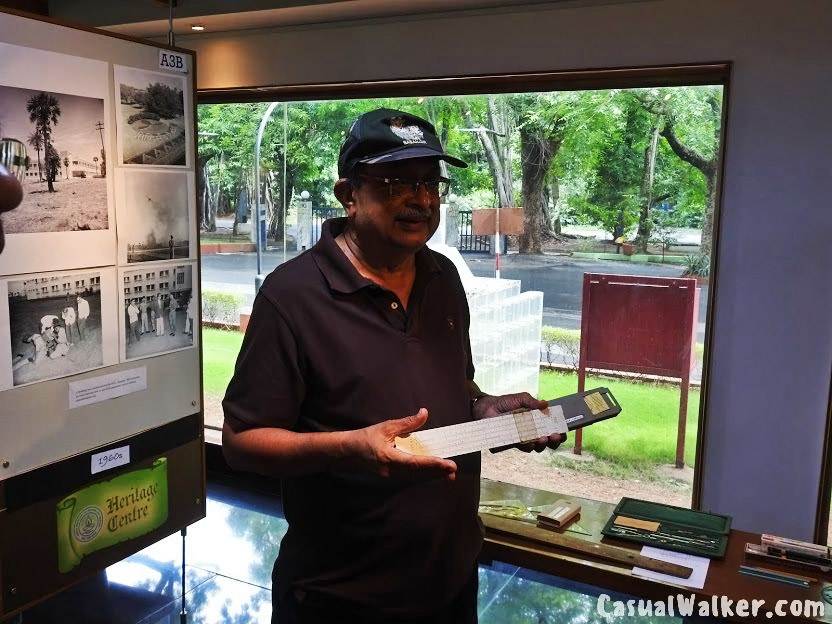

The institute stadium was created in 1964 in time for staging Inter-IIT Sports Meet. The captain of the India Cricket team, M.A.K. Pataudi, was the cheif guest at the inauguration.

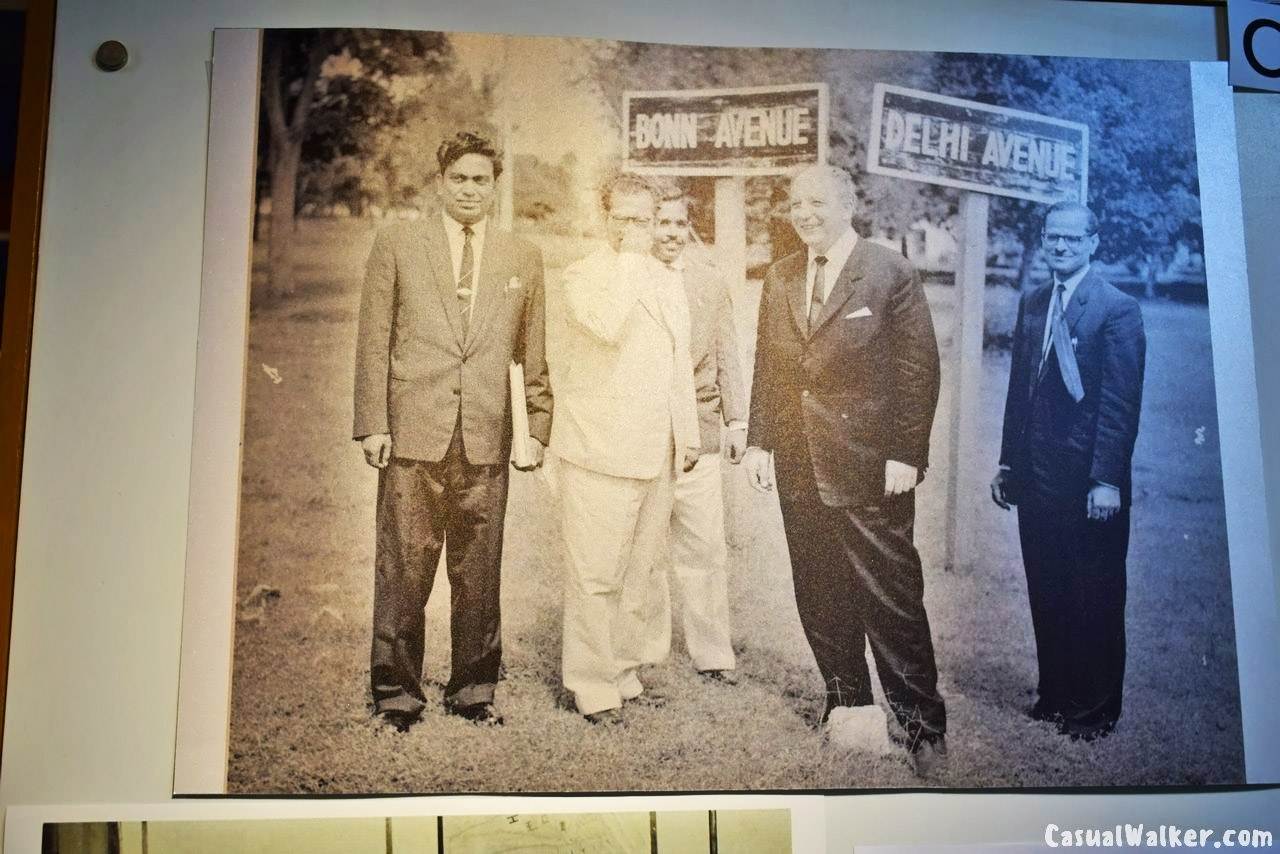


Vikram Sarabhai at iitmconvocation

Sarvepalli Radhakrishnan – first Vice President of India and the second President of India

Sir Chandrashekhara Venkata Raman, Indian physicist, Nobel Laureate

C. Rajagopalachari – Indian politician, independence activist, lawyer, writer, historian and statesman, Governor-General of India

In l973, IIT Madras set up a centre to manage research and consultancy projects. This was the ICC – the Industrial Consultancy Centre which later became the Centre for Industrial Consultancy and Sponsored Research (IC&SR). Prof. R.G. Narayanamurti was the professor in charge of the ICC, and he was succeeded by Prof. V.G.K. Murthy and Prof. V.C. Venkatesh. Mr. Wagner, who served as Advisor, ICC during 1976-1978.

Among the new facilities were a wind tunnel, hydraulic vibration equipment and a setup for extrusion in a hydraulic press. The Department of Metallurgy could use a ?uid sand process. A gobar gas plant installed near the Of?cers’ Hostel (Taramani Guest house).
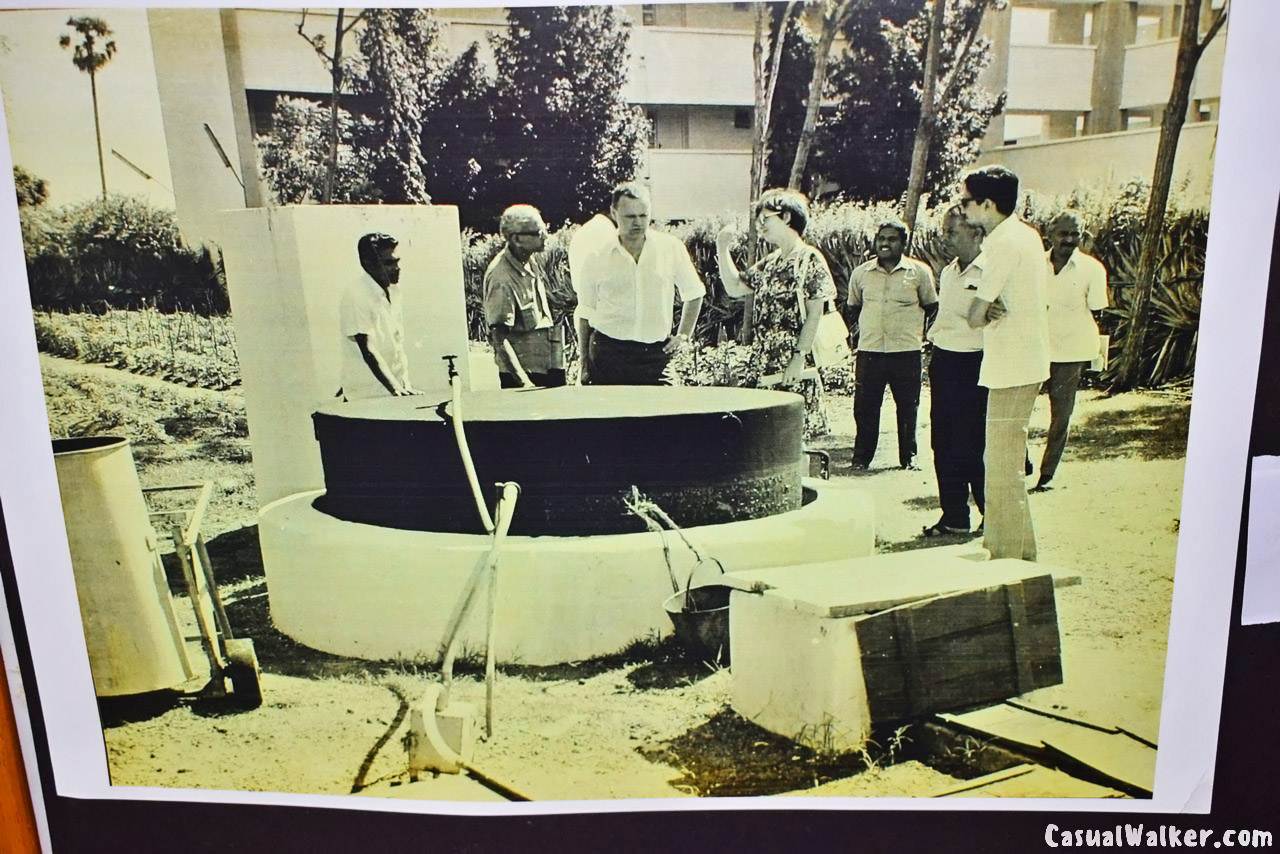
The late 1960s and the early 1970s were a period that saw the setting up of various research laboratories at IIT Madras. Prof. A. Ramachandran, Director during this period, showing visitors, Dr. Bhagvantam and Mr. J.R.D. Tata, around new facilities. Dr. Ramachandran being introduced to faculty members when he took over the directorship of the institute. The person behind him is outgoing Director Sengupto.
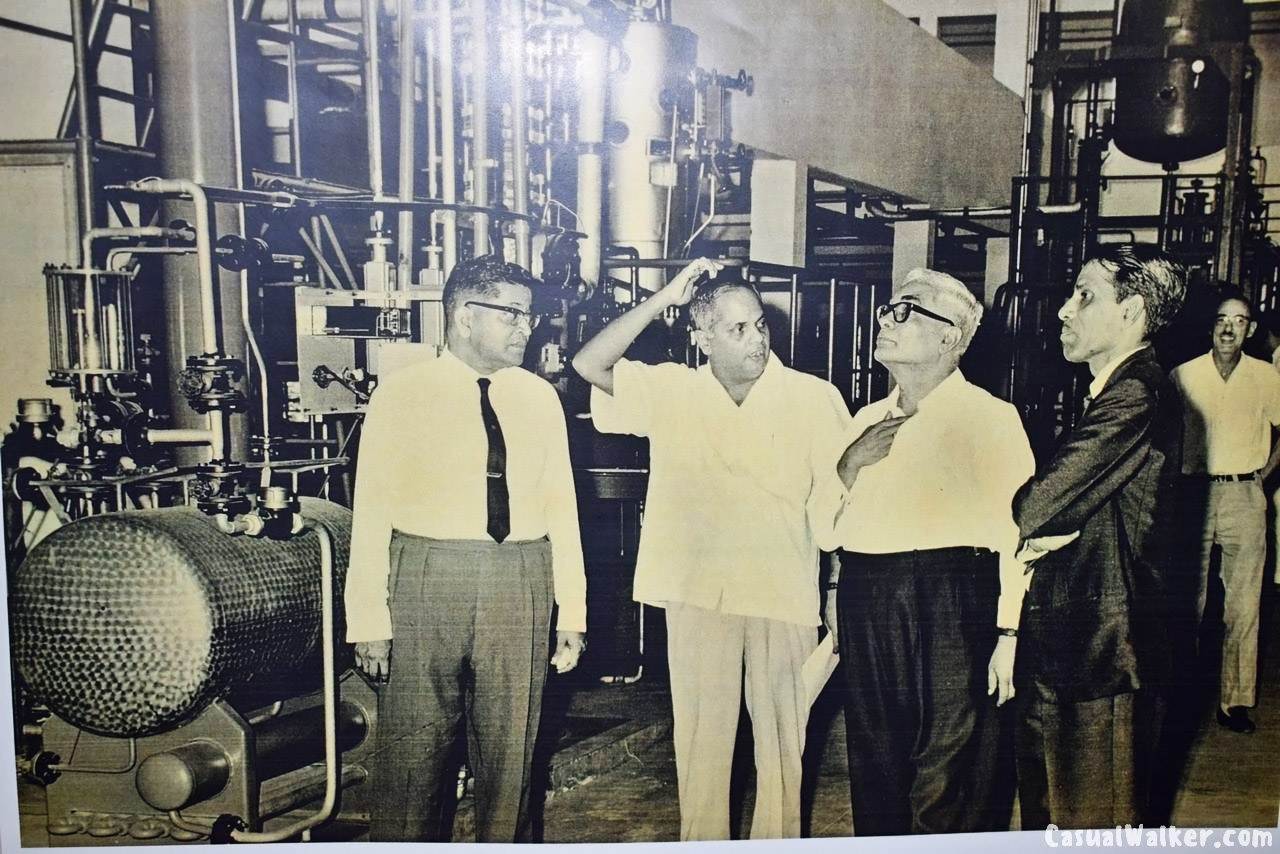

Another signi?cant development in 1973 was the inauguration of a central computing facility. The institute acquired an IBM 370, and thereby it had one of the most powerful computers in India. Inauguration of the Computer Centre.

In 1970, the lnter-IIT Sports Tournaments were held at IIT Madras. The hosts won the overall championship that year. And the IIT Madras won the championship every year of the 1970s, thereby setting an unbeaten record of winning the championship 11 years in succession.


The 1960s was the decade in which a number of familiar landmarks of IIT Madras were created: Gajendra Circle (which was in the form of a tall lamp post to begin with), Administration Block, the Open Air Theater and the Central Library (now the Department of Management Studies).












In the beginning, the administrative of?ces of IIT Madras functioned out of two rooms in the Central Leather Research Institute (CLRI). Thus when Dr. Theodor Heuss, first President of West Germany (1949-1959), visited the institute in November 1960, he was received at the CLRI. The photographs in this panel were taken during Dr. Heuss’s visit. Meanwhile, buildings were being constructed in the IIT
campus. An early planning map of the IIT Madras campus is also displayed in this panel.

In the first year of IIT Madras, classes were held at Alagappa Chettiar – A.C. College of Technology. The students underwent workshop training at the Highway Research Station.
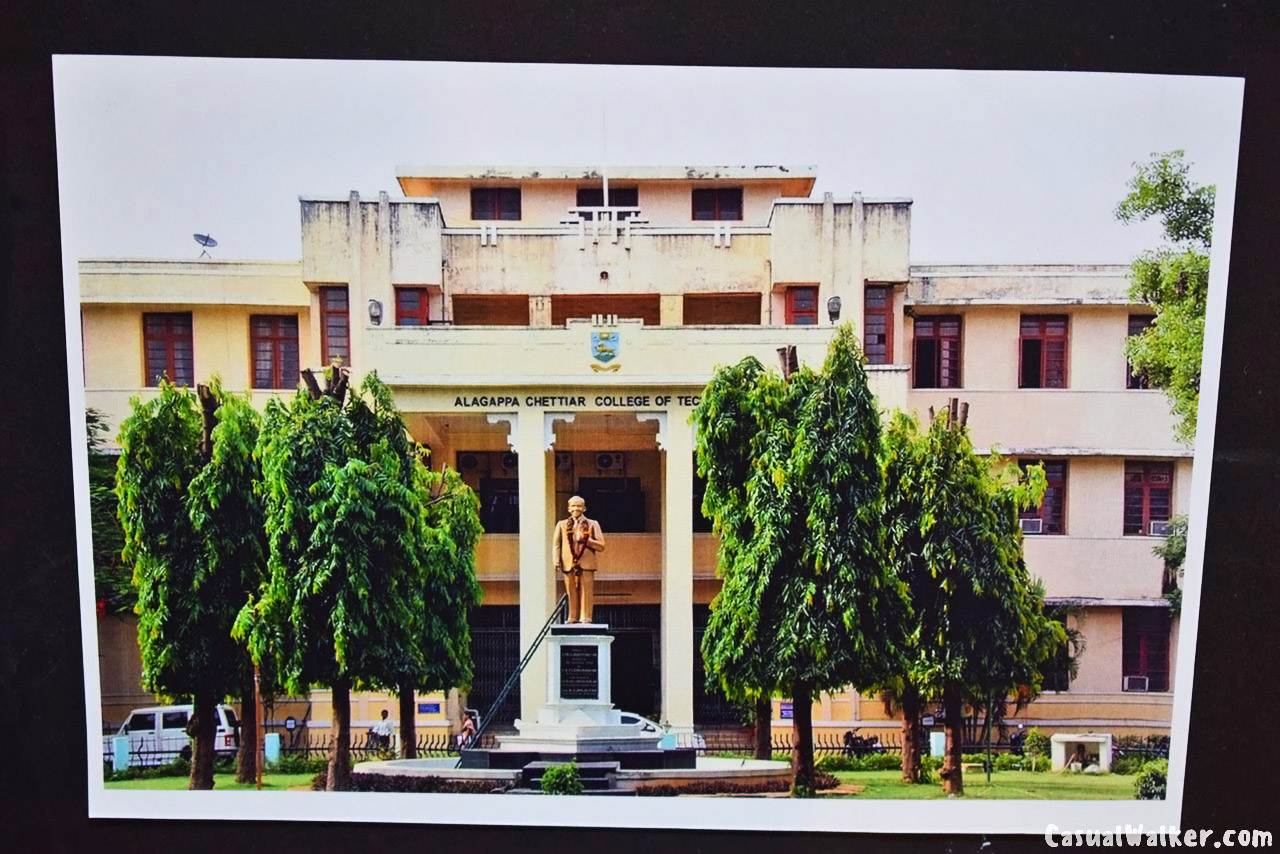


The campus development work in the 1960s included laying of roads and electric cables. The ?rst two hostels to be constructed in the new campus were Krishna Hostel and Cauvery Hostel. Students began to reside on campus in August 1960, when Krishna Hostel (originally known as Tharamani Hostel) was inaugurated. The first students of this hostel were from the second batch of the institute. The students of the first batch stayed in the Saidapet and Guindy hostels for some more time.


In the 1980s, apart from Campastimes, students at IIT Madras published two other magazines: Spectator and Focus. The former was devoted to sports and the latter to student and campus in general.



Special thanks to Prof. Ajit Kumar Kolar an alumnus and retired faculty member of IIT Madras and Ms. Mamata Dash at the Heritage Centre
